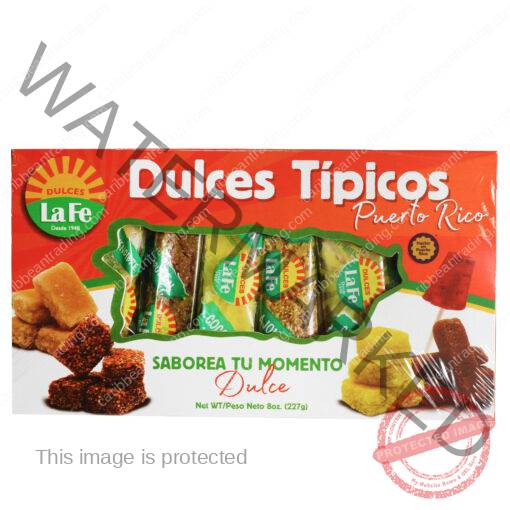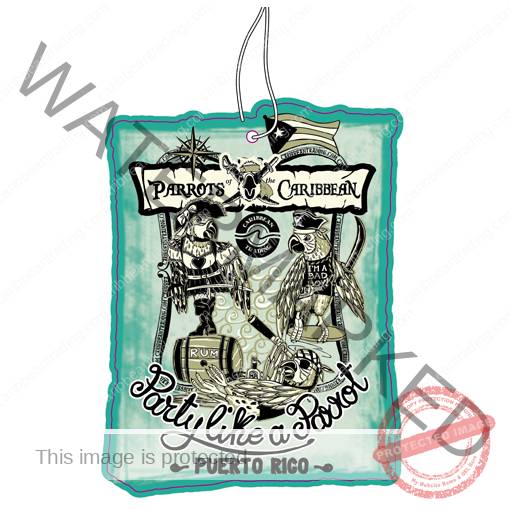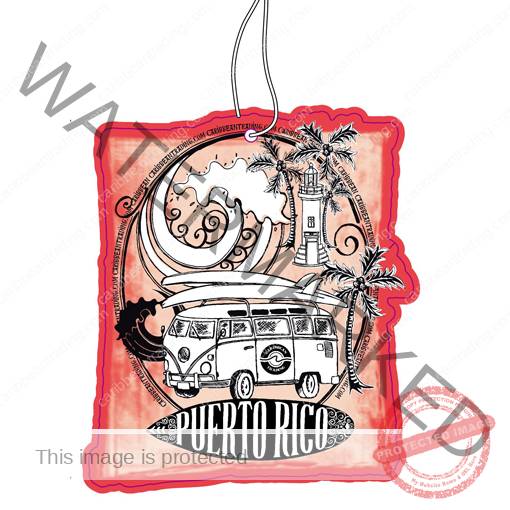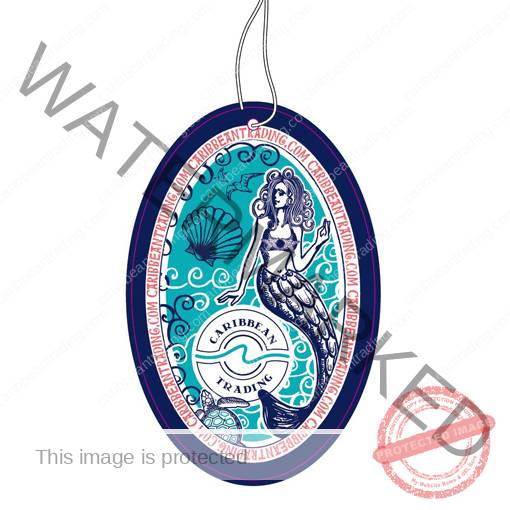Food & Recipes
Tropical Flavors: The Best Caribbean Sweets
The Caribbean is known for its vibrant culture, rich history, stunning beaches—and, of course, its mouthwatering cuisine. Among its culinary treasures, Caribbean sweets hold a special place. Infused with tropical ingredients like coconut, guava, pineapple, and rum, these desserts are not just delicious—they’re cultural artifacts, each with a story and a heritage. This guide explores the best Caribbean sweets you must try, taking your tastebuds on a journey through islands that celebrate life in every bite.
The Sweet Heritage of the Caribbean
Caribbean sweets are as diverse as the people who inhabit the islands. They reflect a fusion of African, European, Indigenous, and East Indian influences. From colonial-era confections to creole-inspired creations, the sweets of the Caribbean are deeply rooted in the past yet constantly evolving. Sugarcane plantations, tropical fruits, and locally produced spices laid the groundwork for a legacy of desserts that highlight what makes this region so unique.
Coconut Drops: A Jamaican Classic
Few Caribbean desserts capture the essence of island life better than coconut drops. Hailing from Jamaica, these rustic sweets combine grated coconut, ginger, and brown sugar, boiled down until sticky and then dropped onto banana leaves or greased trays to cool. The result is a chewy, slightly crunchy treat packed with the natural sweetness of coconut and the spiciness of fresh ginger. They’re often enjoyed during festivals and special gatherings, offering a nostalgic taste of simpler times.
Guava Duff: Bahamian Indulgence
Guava duff is a signature dessert from The Bahamas, beloved for its tender, sweet, and fruity profile. It consists of a rolled dough filled with guava paste or chunks, which is then steamed and served with a warm butter-rum sauce. The preparation may vary from family to family, but the result is always a soft, comforting dessert with a rich guava flavor and a hint of Caribbean spice. It’s a staple at celebrations and Sunday dinners, embodying Bahamian hospitality in every bite.
Tembleque: Puerto Rico’s Coconut Pudding
Tembleque, which means “wiggly” in Spanish, is a silky coconut milk pudding that’s especially popular in Puerto Rico during Christmas. Made from coconut milk, sugar, cornstarch, and a sprinkle of cinnamon, this dessert is both simple and elegant. Its name comes from the way it jiggles when touched, much like a panna cotta. Light and creamy, tembleque is served cold and often garnished with toasted coconut or citrus zest for an added tropical twist. Many local resorts and hotels offer this delicacy there, meaning you can enjoy them under the sun with a cocktail or in your room while enjoying an amazing game session with online betting sites.
Sugar Cakes: A Grenadian Tradition
In Grenada and other islands, sugar cakes are an enduring symbol of childhood joy and community celebration. These colorful sweets are made by boiling grated coconut with sugar, sometimes colored with food dye, and dropped into small rounds to set. Flavored with nutmeg or cinnamon, sugar cakes are crunchy, chewy, and utterly addictive. They’re often sold by street vendors or made at home as a quick, delightful treat for all ages.
Rum Cake: A Caribbean Christmas Icon
No Caribbean dessert list would be complete without rum cake. Also known as black cake or fruit cake depending on the island, this dessert is soaked in local rum and packed with dried fruits like raisins, currants, and prunes. The fruits are often soaked for weeks or even months before being added to the batter, creating a deep, rich flavor that intensifies over time. Each island adds its own twist—Jamaicans often include molasses, while Trinidadians might add a splash of Angostura bitters. Always moist and decadent, rum cake is synonymous with celebration and is especially popular during the holiday season.
Pineapple Tarts: A Barbadian Delicacy
Barbados is famous for its pineapple tarts—small pastries filled with sweetened, spiced pineapple jam. These tarts balance the buttery flakiness of shortcrust pastry with the tropical tang of pineapple, often enhanced with cinnamon or clove. They are traditionally served during holidays and at afternoon tea, showcasing the British influence on Barbadian baking traditions. Delicious warm or cold, these tarts are a perfect representation of the island’s sweet culinary heritage.
Haitian Dous Makos: A Fudge-Like Delight
Dous makos is a striped Haitian dessert that resembles a rich, creamy fudge. Made with sweetened condensed milk, evaporated milk, sugar, and butter, this treat is often layered with flavors like vanilla, chocolate, and sometimes rum or fruit essence. It is traditionally cooked in molds and sliced into rectangular pieces. Each layer is distinct, creating a beautiful visual and flavor contrast. Dous makos is a rare and treasured dessert that requires skill and patience, but it’s worth every bite.
Cassava Pone: A Root-Based Treat
Cassava pone is a dense, moist dessert found across the Caribbean, especially in Trinidad and Tobago, Barbados, and Guyana. Made from grated cassava (also known as yuca), coconut, spices, and sometimes pumpkin or sweet potato, this treat is baked into a sticky, chewy cake. It’s a favorite at family gatherings, often enjoyed with a cup of tea or coffee. Its earthy flavor, combined with sweet and spiced notes, makes it a uniquely satisfying Caribbean sweet.
Tamarind Balls: Sweet Meets Tangy
Tamarind balls are a popular snack throughout the Caribbean, especially in Jamaica and Trinidad. Made by combining tamarind pulp with sugar and sometimes hot pepper or rum, these bite-sized balls offer a tangy punch with a sugary coating. They can be intensely sour, depending on the ripeness of the fruit, but that’s part of their charm. Tamarind balls are sold everywhere from roadside stalls to supermarket aisles, and they’re especially beloved by children and adults with a taste for something bold.
Gizzada: Spiced Coconut Tart from Jamaica
Another coconut-centric dessert from Jamaica is gizzada, sometimes called “pinch-me-round” for its pinched crust edges. These tarts are filled with grated coconut sweetened with brown sugar and spiced with ginger and nutmeg. The crust is crisp and holds the sticky, aromatic filling perfectly. Gizzadas are often enjoyed with a hot drink and represent a fusion of African and Portuguese culinary influences. They are a staple in Jamaican bakeries and perfect for satisfying a craving for something rich and sweet.
Bolo Preto: Cape Verdean Influence in the Caribbean
While not originally from the Caribbean, bolo preto—or “black cake”—is popular in Caribbean islands with Portuguese heritage, like parts of the Lesser Antilles. This dark, molasses-rich cake features spices, nuts, and dried fruits soaked in port wine or rum. It’s dense and moist, often made for weddings or major holidays. The cake reflects both African and European techniques, similar to the Caribbean’s more widespread rum cake, highlighting how migration influenced dessert traditions.
Plantain Tarts: Saint Lucian Flavor
Saint Lucia offers a distinctive treat with plantain tarts—sweet pastries filled with ripe plantain, cinnamon, and sugar. These tarts blend the savory starchiness of plantains with caramelized sweetness and spice. Wrapped in a flaky crust and baked to golden perfection, they are often served as breakfast treats or mid-afternoon snacks. Their preparation requires a ripe plantain for that perfect balance of sweet and firm texture, showcasing the resourceful use of native ingredients.
Bene Balls: Nutty Goodness from the Virgin Islands
Bene balls, made with toasted sesame seeds and sugar or molasses, are a specialty of the Virgin Islands and coastal areas of the Caribbean. “Bene” is the Bantu word for sesame, brought to the Caribbean by enslaved Africans. These small, crunchy balls are rich in history and flavor. They’re often served during holidays and passed down through generations as a symbol of strength and cultural pride.
Caribbean Ice Creams: The Cool Side of Sweet
No tour of Caribbean sweets would be complete without mentioning the region’s unique ice creams. Whether it’s soursop, mango, guava, or coconut, these tropical flavors turn into silky frozen treats that refresh and delight. Some islands, like Trinidad and Tobago, even offer more adventurous flavors like peanut punch, sweet corn, or Guinness. Caribbean-style ice cream is often made with condensed milk and tropical fruits, creating an extra creamy texture and intense flavor.
Conclusion
Caribbean sweets are more than just desserts—they are edible expressions of culture, history, and joy. Each treat tells a story, whether it’s a family recipe passed down for generations or a snack sold by a street vendor in a bustling island town. From the chewy comfort of coconut drops to the festive richness of rum cake, these sweets capture the vibrant spirit of the Caribbean.
If you ever visit the islands, sampling these desserts is a must. And if you can’t make the trip, many of these recipes are simple enough to try at home. Just gather a few tropical ingredients, open your heart to new flavors, and let the warmth of the Caribbean transform your kitchen into a paradise of sweetness.







